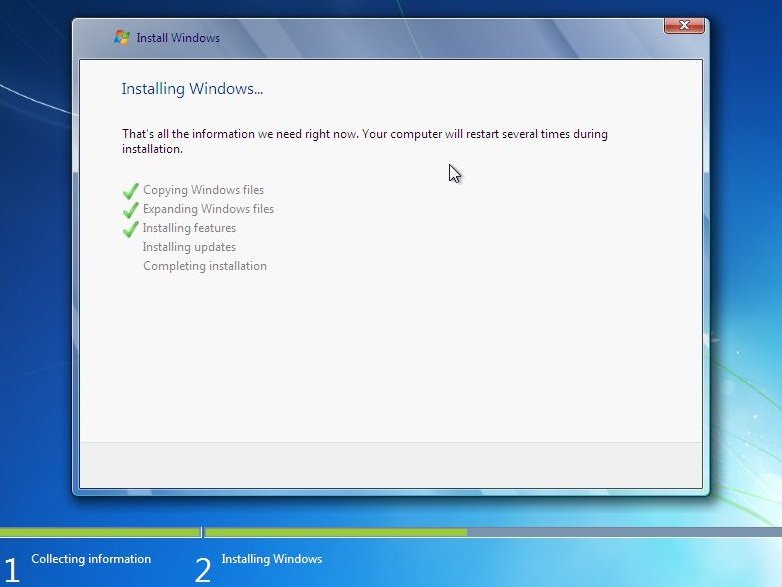
The process is painless, as the installer doesn't check that you're actually using assistive software - it's taken on trust. People who use assistive technologies (such as screen readers or magnifiers) can still perform a free Windows 10 upgrade from the Microsoft website. If those prices seem too steep, you do have a few other options. You will need to transfer them to physical external media though, such as a DVD, USB drive or another computer so you can install externally when the new SSD is in place. You'll find Windows 7 here, Windows 8 here and Windows 10 here. Whichever version of Windows you're running, it's easy to download the ISO installation files for your computer from the Microsoft website. Even better news for Windows 10 users - you may not even need it, depending on how you originally installed the platform, making the job a whole lot easier. If you've mislaid it, no fear! You can obtain all of your product keys using a third party extractor such as NirSoft to view all of the product keys stored in your PC's registry.

If your PC needs a bit of a revamp, whether you've run out of space, are experiencing storage errors or just want to start afresh, installing a new SSD on your machine can give it a new lease of life, speeding it up and offering a blank canvas on which to start downloading again.īefore you start installing a new SSD, you'll need to make sure you have your original Windows product key to hand so you can implement a fresh install of the OS on the new hard drive.


 0 kommentar(er)
0 kommentar(er)
